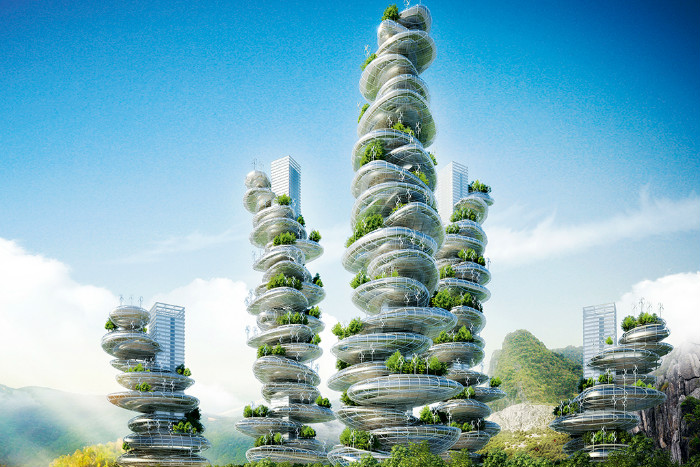
The award-winning One Central Park building in Sydney unveiled its 116-metre vertical garden and expansive green public space, while over in Milan, Italy, architect Stefano Boeri finally realised his Bosco Verticale project, which houses 900 trees and more than 2,000 plants.
Architects and developers continue to inject greenery into high-rise buildings as the concept becomes far more common. Beyond adding greenery to balconies, roof terraces or on the walls of skyscrapers, however, there is also a trend toward using building surfaces for urban agriculture as rapid urbanisation creates demand for affordable inner-city housing and accessible food.
A 2014 United Nations report foresees an additional 2.5 billion people (66 per cent of the population) moving into urban areas by 2050. With this comes the opportunity to produce food in the heart of these urban areas through vertical farming.
Microbiologist Dickson Despommier Ph.D, who pioneered vertical farming and authored The Vertical Farm: Feeding the World in the 21st Century, believes the only way for urban farming is up with horizontal land becoming more scarce and prone to climate change conditions. “An estimated 109 hectares of new land (about 20% more land than is represented by the country of Brazil) will be needed to grow enough food to feed (people), if traditional farming practices continue as they are practiced today,” Despommier said on his website.
One impressive example of vertical farming is the rice terrace skyscraper, a project that was shortlisted for the World Architecture Festival. Mexican architecture firm Cachoua Torres Camilletti designed the Arcology Skyscraper, which redefines the world of glass high-rises. –
See more at: http://sourceable.net/realising-urban-vertical-farm